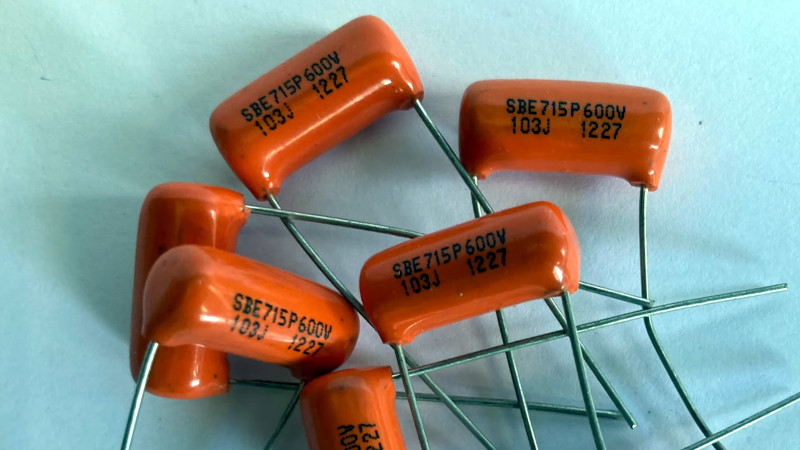
You can work with a part for many decades, and still learn something new about it. At least we can, and we don’t mind admitting it. Take film capacitors — we all know they aren’t a polarized part like an electrolytic capacitor is, but as [TheDannVal] points out, that doesn’t mean both their leads are the same.
This might sound counterintuitive, but if you consider for a moment their construction it makes sense. A film capacitor is made from two strips of foil with a strip of plastic film between then, rolled up tightly into a cylinder. One of the pieces of foil that forms one side of the capacitor ends up on the outside of the cylinder, and thus forms the shield for the other. Thus if that side isn’t connected to the lower impedance side of whichever circuitry it resides in, it can pick up noise, while the inside strip of foil can not. It’s so obvious when demonstrated, but we have to admit to never having considered it before. Some film capacitors have a line marked on them to denote the connection forming the shield, for those that don’t he provides a couple of methods for detecting it.
The full video is below the break, and maybe you too can now pay attention to your capacitors for lower noise audio circuitry.
Blog – Hackaday Read More






More Stories
via Hackaday: Radio Apocalypse: Clearing the Air with SCATANA
via Hackaday: Enhanced Definition TV: “A Poor Man’s High-Def”
via the ARRL: Ham Radio Operators to Support Indian Ocean Tsunami Exercise